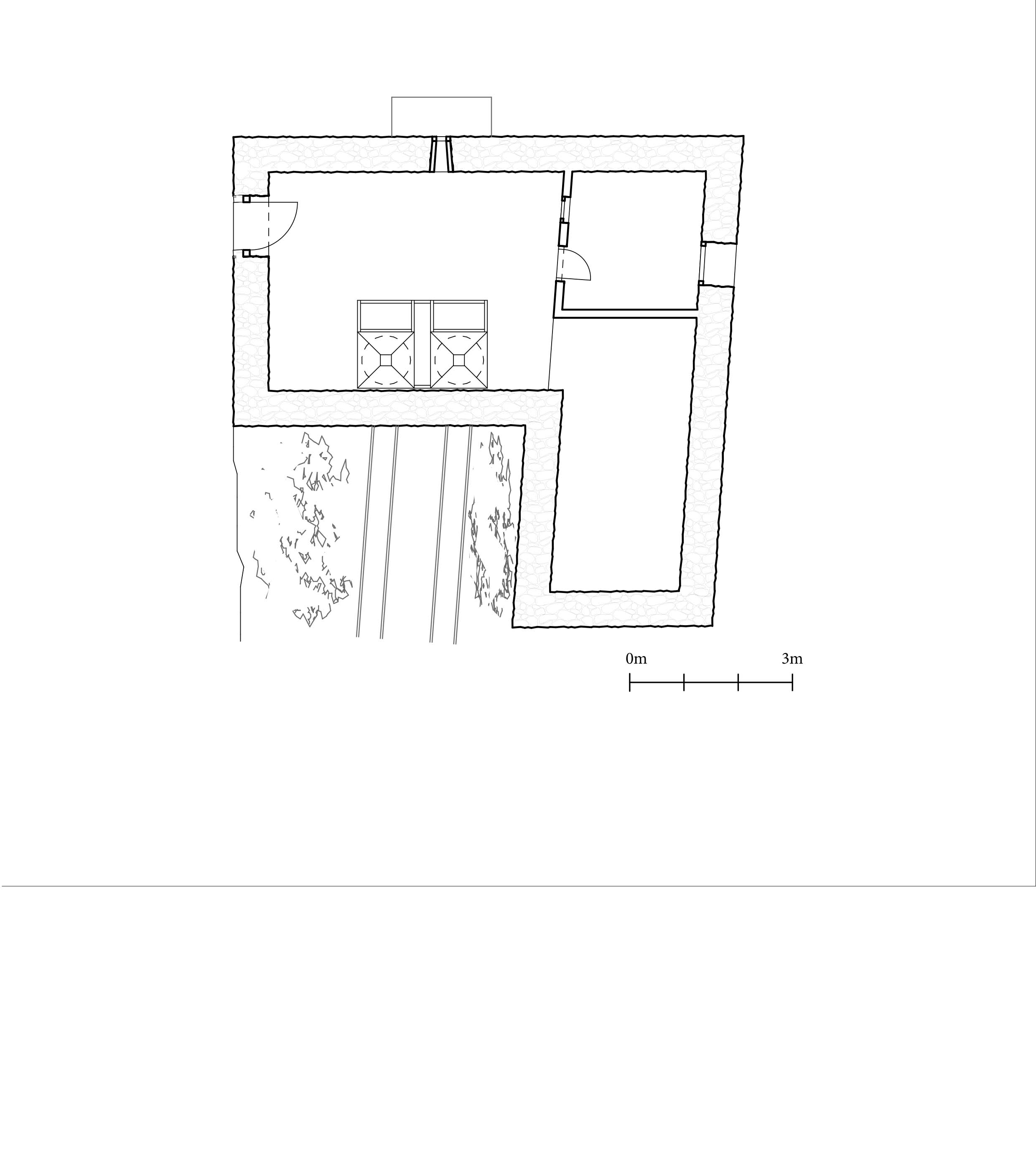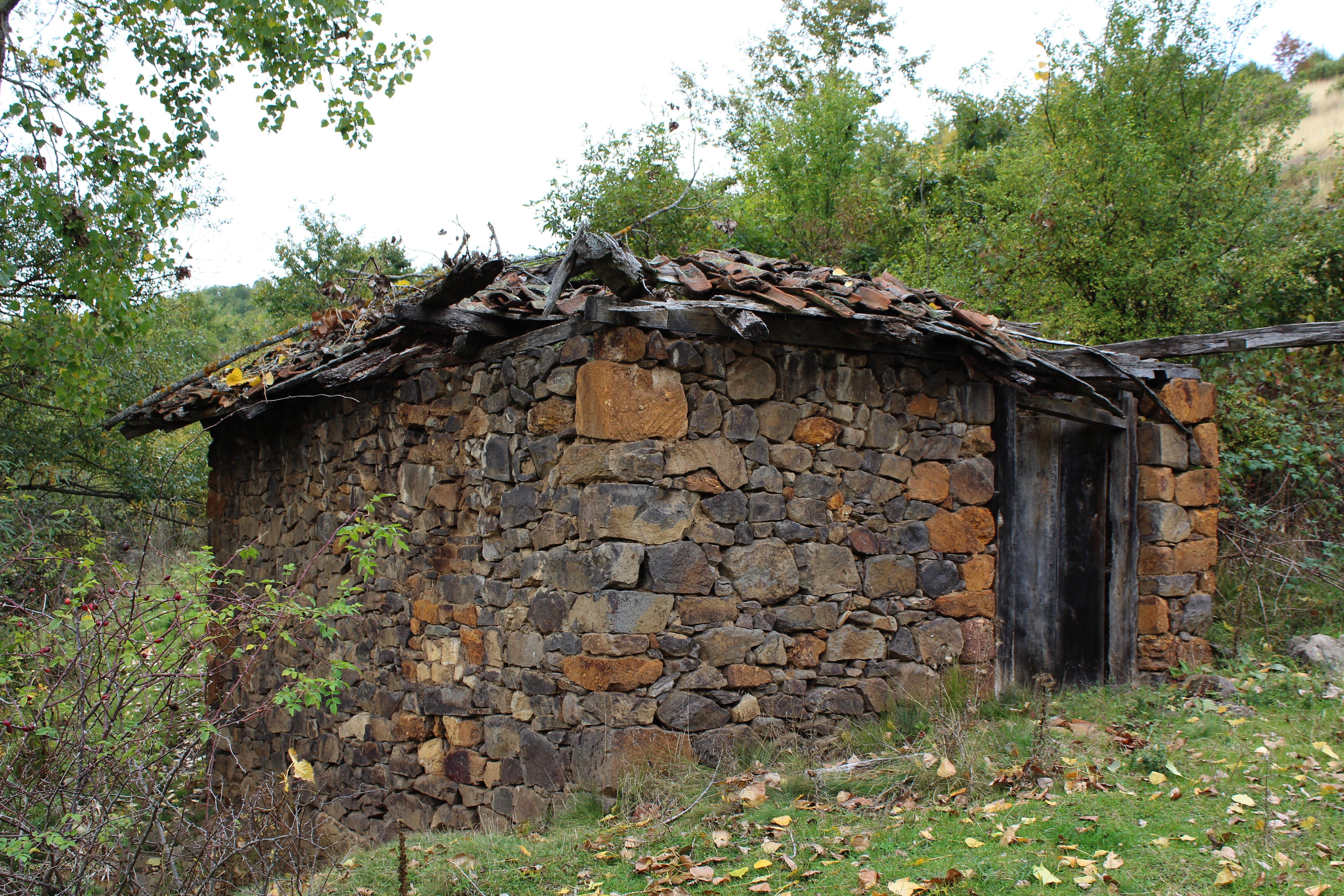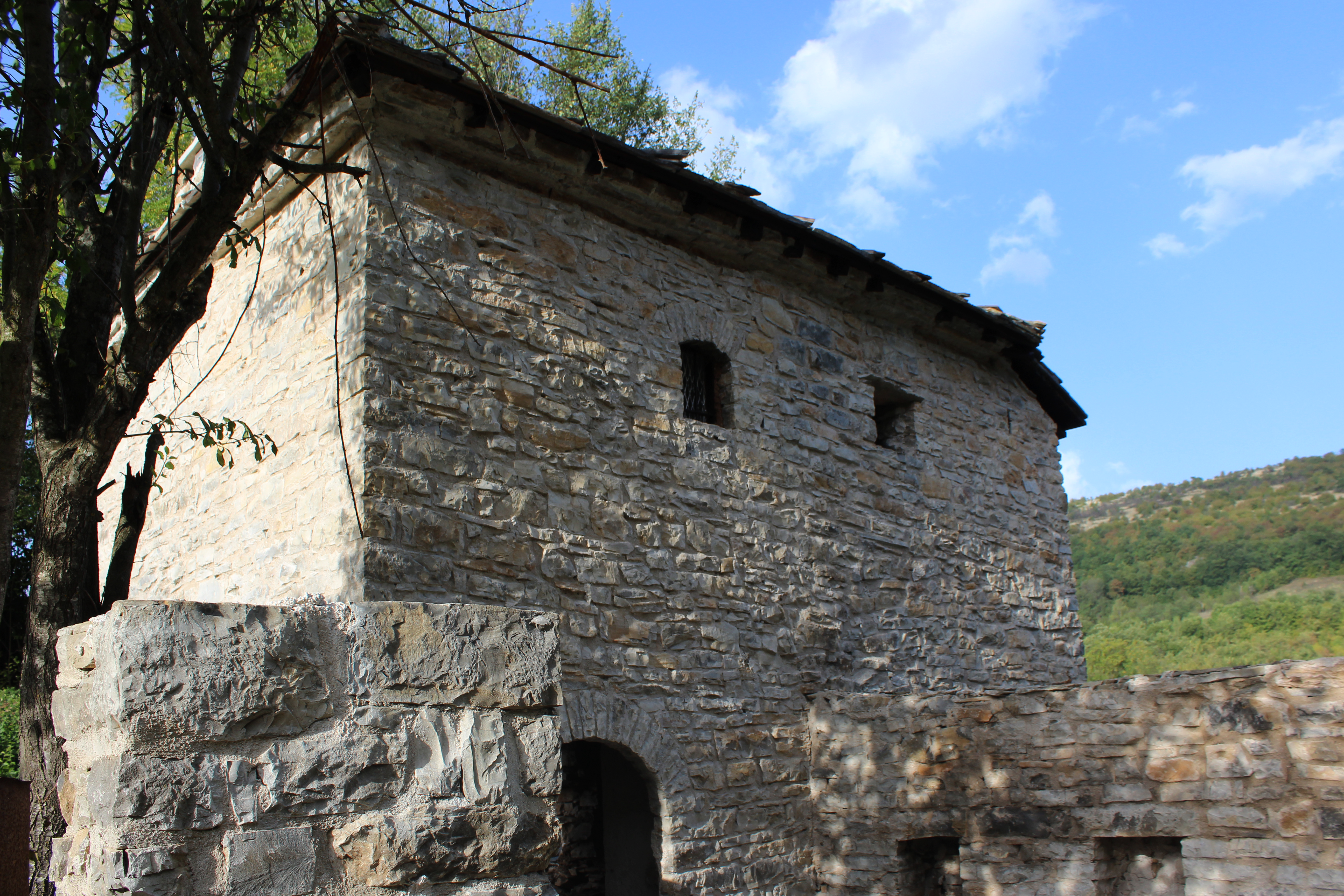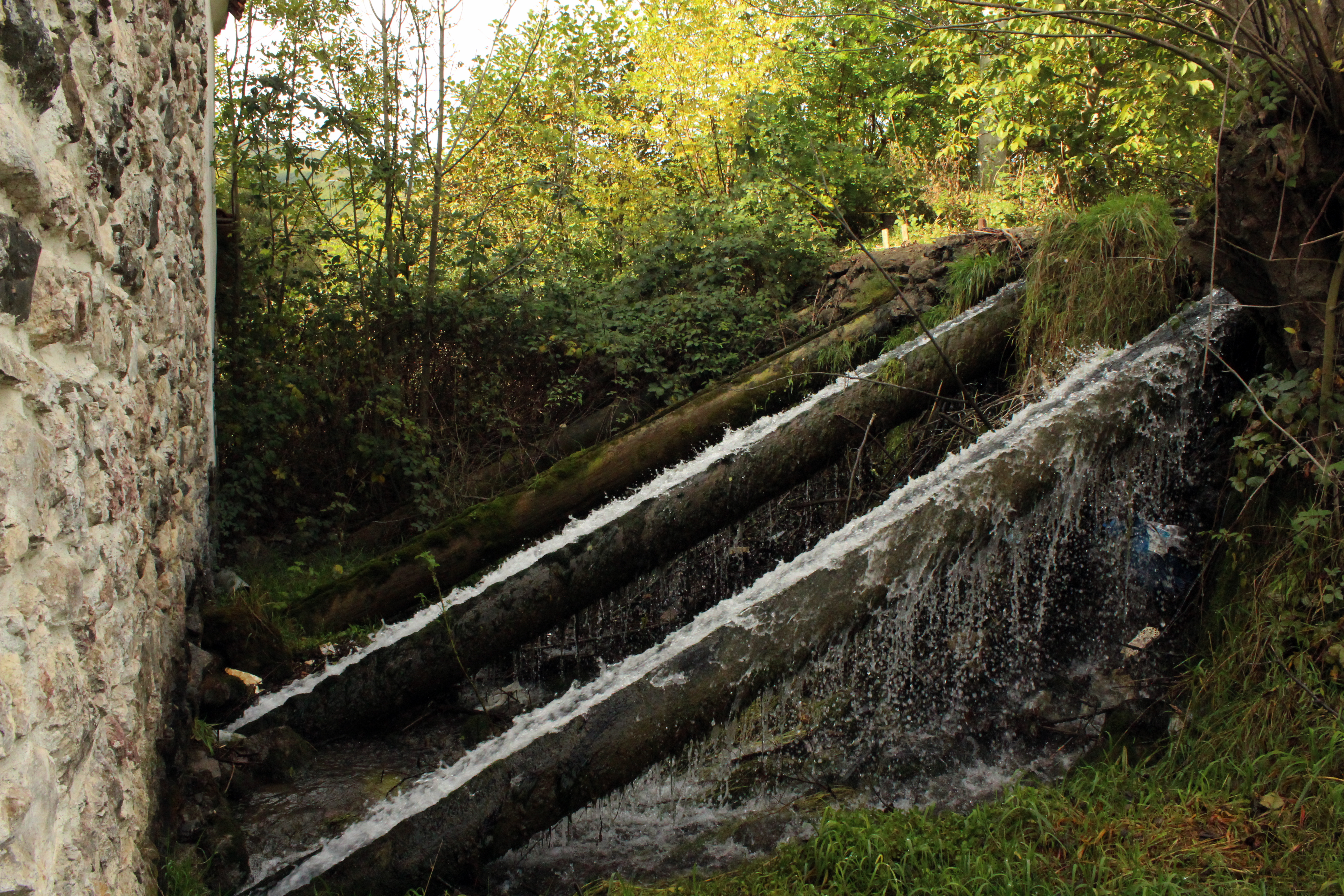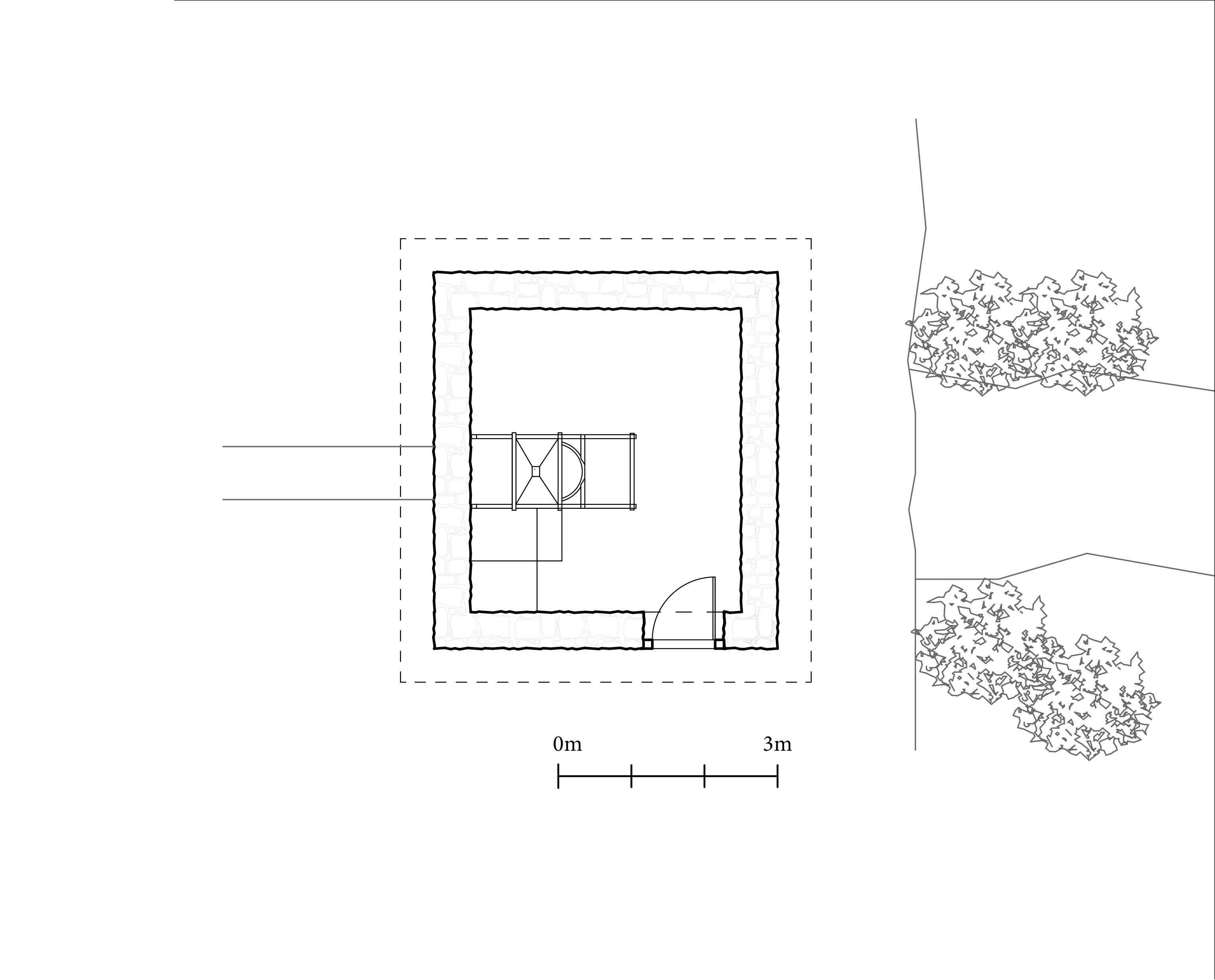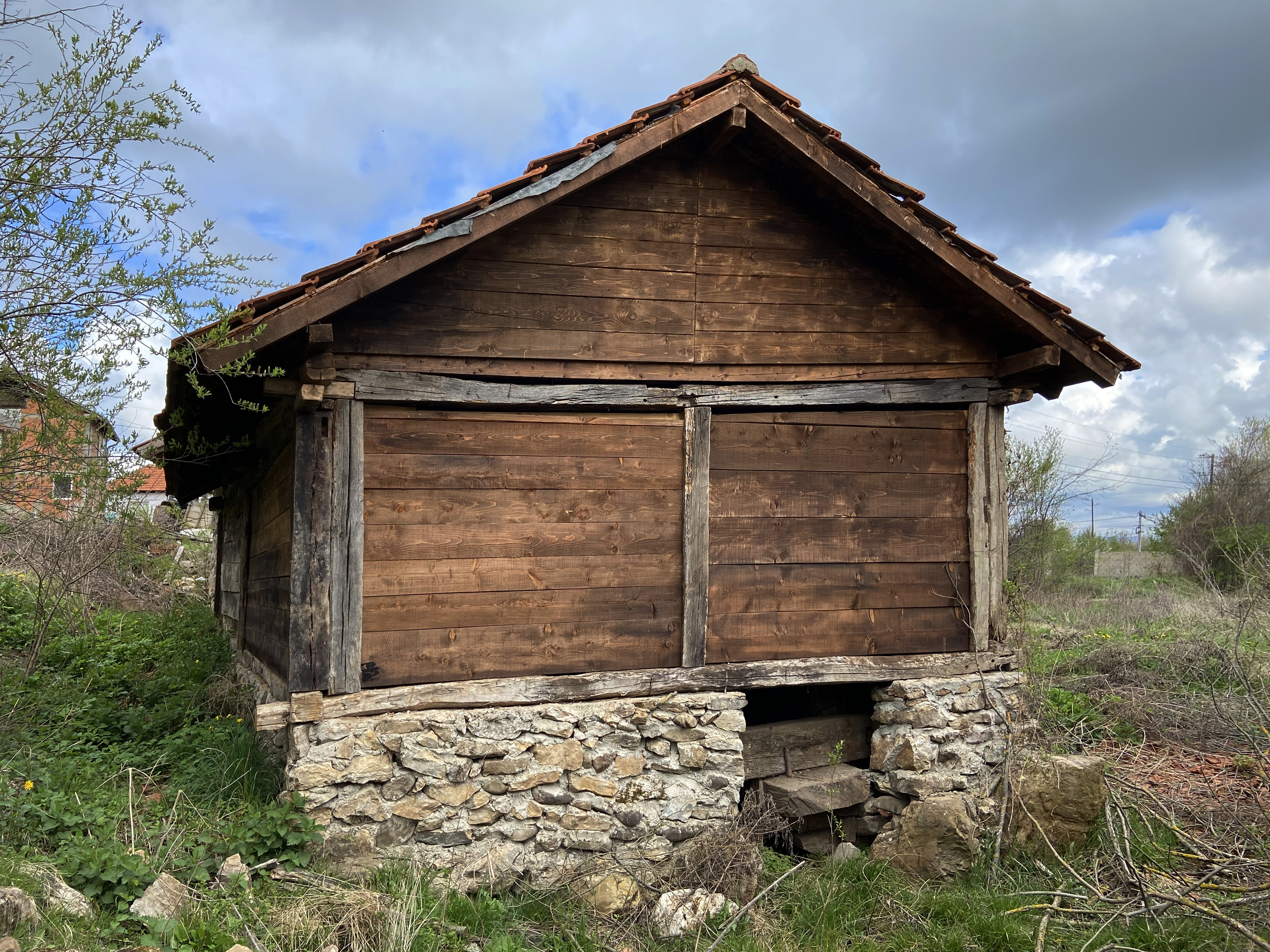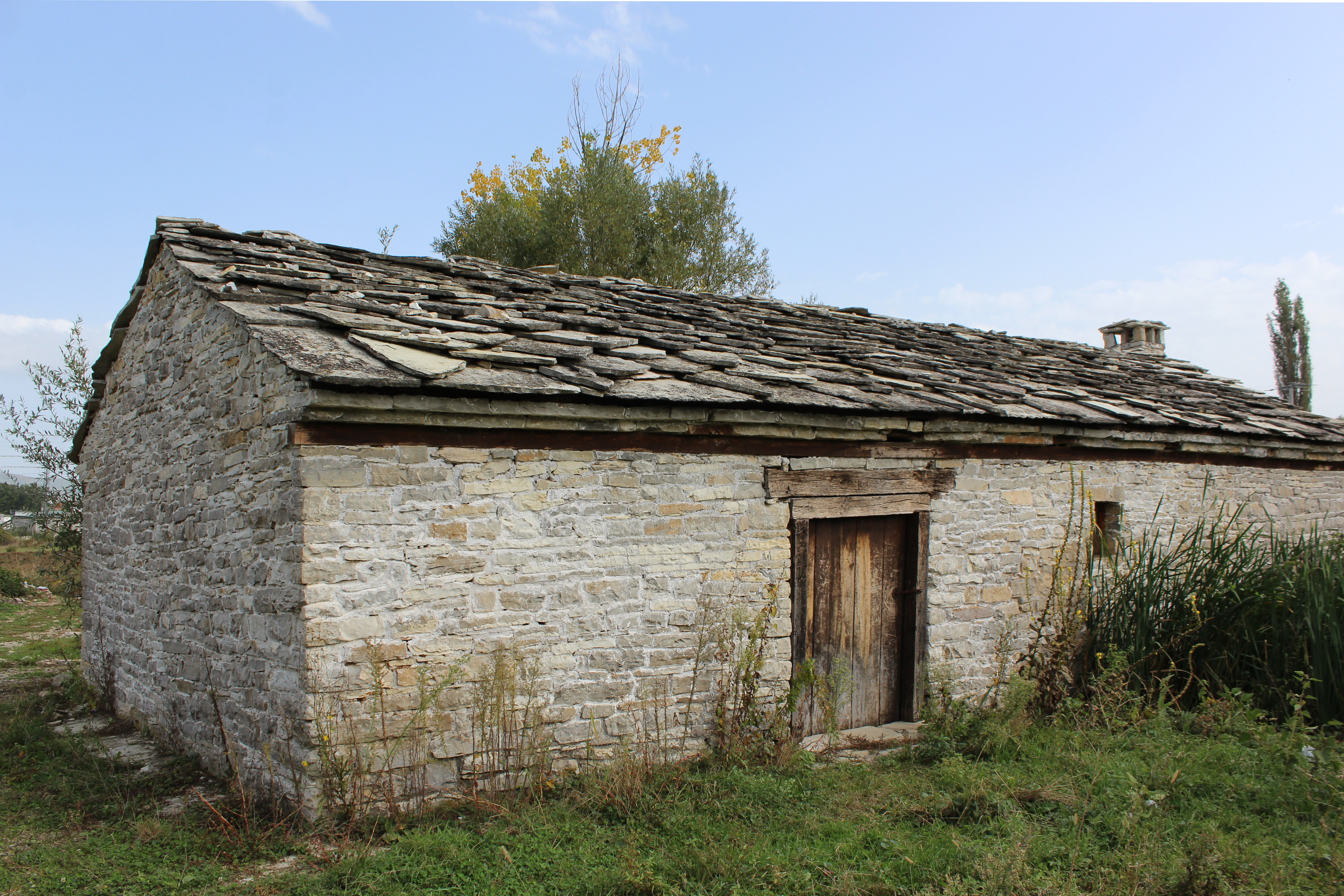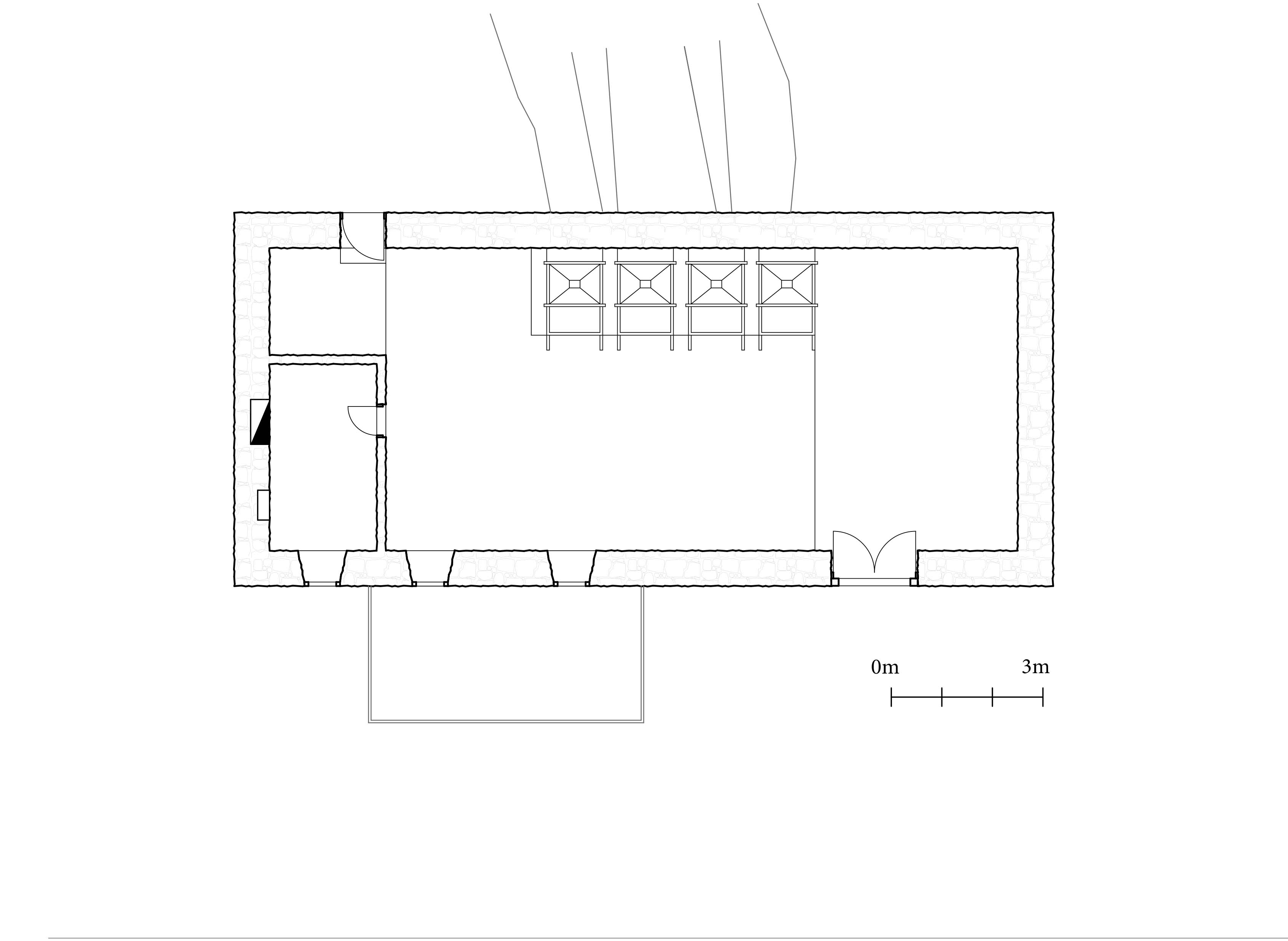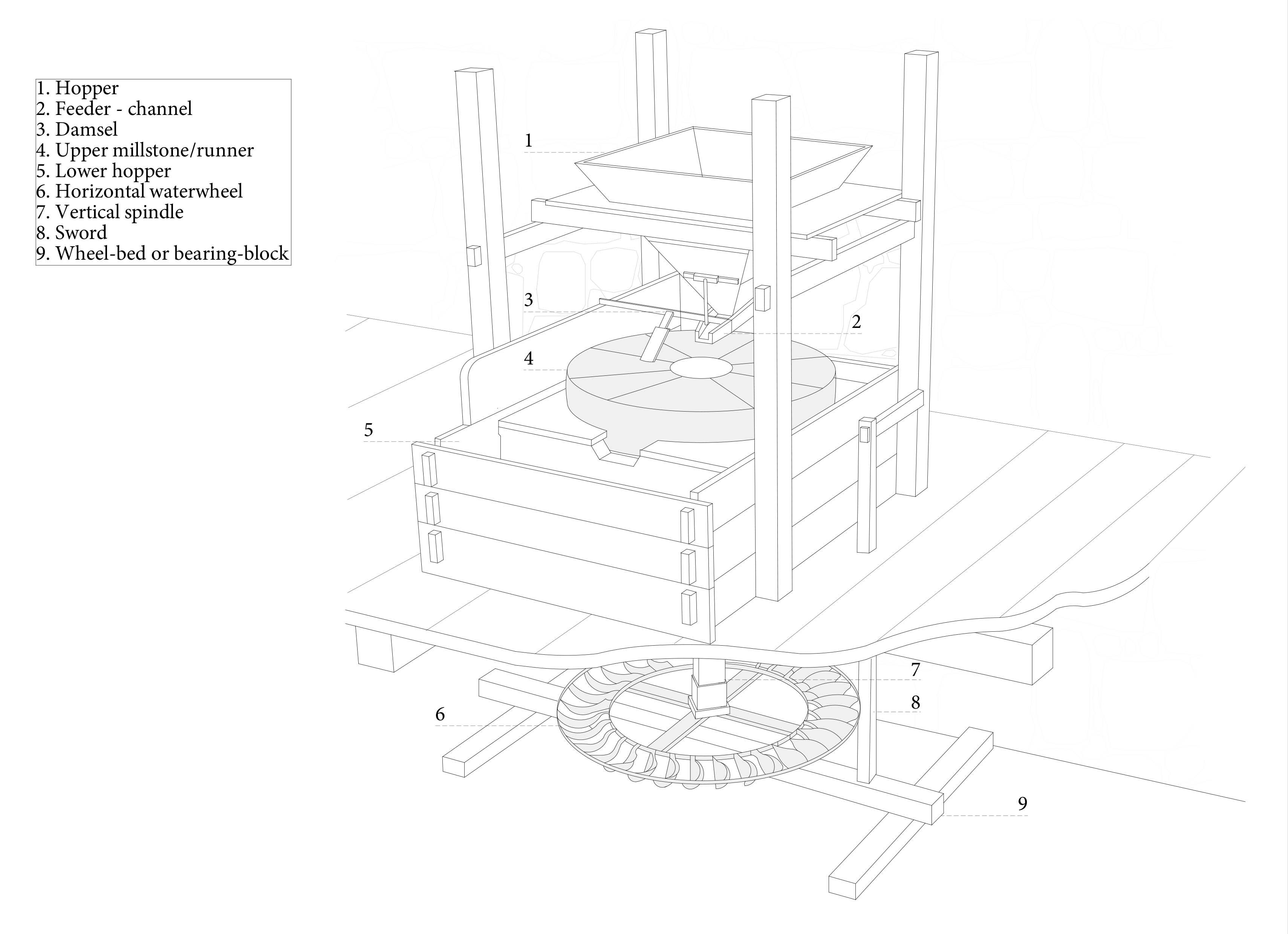Kosovo’s cultural heritage encompasses a rich array of archaeological, architectural, and spiritual elements and cultural landscapes. Among its less well-explored assets are traditional mill buildings that once played an essential role in people’s everyday lives, mostly for those living in rural areas but also for town dwellers. Today, these buildings are abandoned, and proper documentation and analysis is lacking.Focusing on over 70 historical mills across Kosovo, this diploma thesis aims to document, analyze and compare them to achieve a better understanding of their architectural features and cultural significance. Most of these mills, symbols of bread, hospitality and survival, were gristmills, but some were used for textile production. They reflect the skills of Albanian craftsmen but although they form a meaningful part of the built heritage they are often neglected by institutions and professionals.The research combines on-site visits, desk research, interviews and historical analysis. Oral interviews with elderly villagers and old millers provided valuable insights that enriched the understanding of these structures and their role in community life. To deepen this understanding, the study also makes comparisons with similar mills in neighboring Balkan countries, highlighting both shared and unique architectural elements.The aim is to contribute to Kosovo’s Cultural Heritage Database, to support NGOs in monument preservation, and to raise awareness of the values these structures embody. A further aim is to start a discussion on adaptive reuse, and to encourage preservation through new functions. The work concludes by stressing the importance of maintaining authenticity, while giving these mills a new life and function in a present-day context.Alle hier hochgeladenen Inhalte sind das eigene Werk der Absolventin oder des Absolventen.



